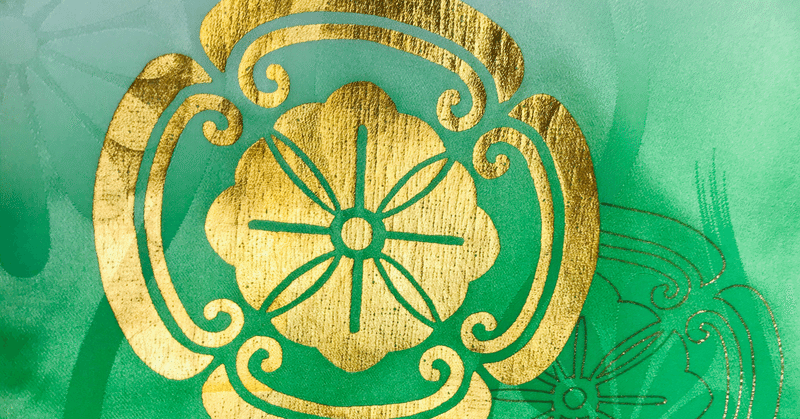
Family Crests
The crests of European noble families tend to be detailed compositions with shields, crowns, sashes, flourishes, weapons, and animals such as lions. They are often realistic, and each part of the design carries some kind of symbolic meaning.
Crests are not found all over the world. In Asia, surprisingly, Japan is the only culture that developed them. While European crests often feature scarlet, purple, green, red, white, and gold in the various elements, Japanese crests are for the most part simply black and white. It is not just the limitation to monochrome that makes these Japanese crests stand out; it is the simpler design of the crests.
Crests were not limited to the Japanese imperial household and the aristocracy. The warrior clans also adopted crests, and even Edo commoners used crests for various purposes.
The standard design of a famous family like the Tokugawa is a simple, but easily recognizable: it is a triple hollyhock (aoi). The imperial crest is 16 chrysanthemum petals in the front with 16 more partially hidden in the back. Only the emperor uses this chrysanthemum crest or seal, while other members of the imperial household use a crest with 14 petals.
According to one count, there are currently some 20,000 existing family crests in Japan. Some are family crests which may only be used when formal occasion requires the wearing of a formal kimono with a haori overcoat. While people don’t use crests on a daily basis, Japanese companies use crest-like designs as trademarks.
(251 words)
この記事が気に入ったらサポートをしてみませんか?
